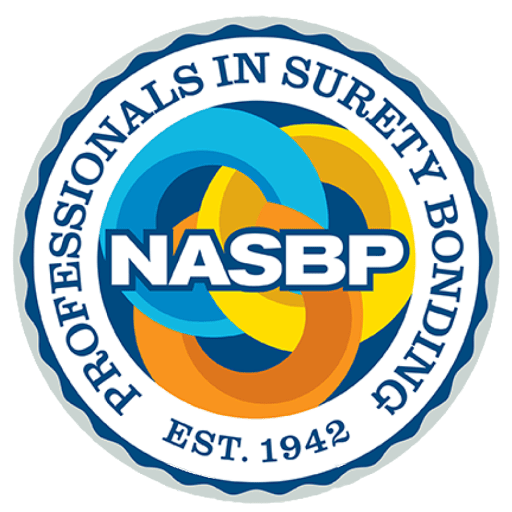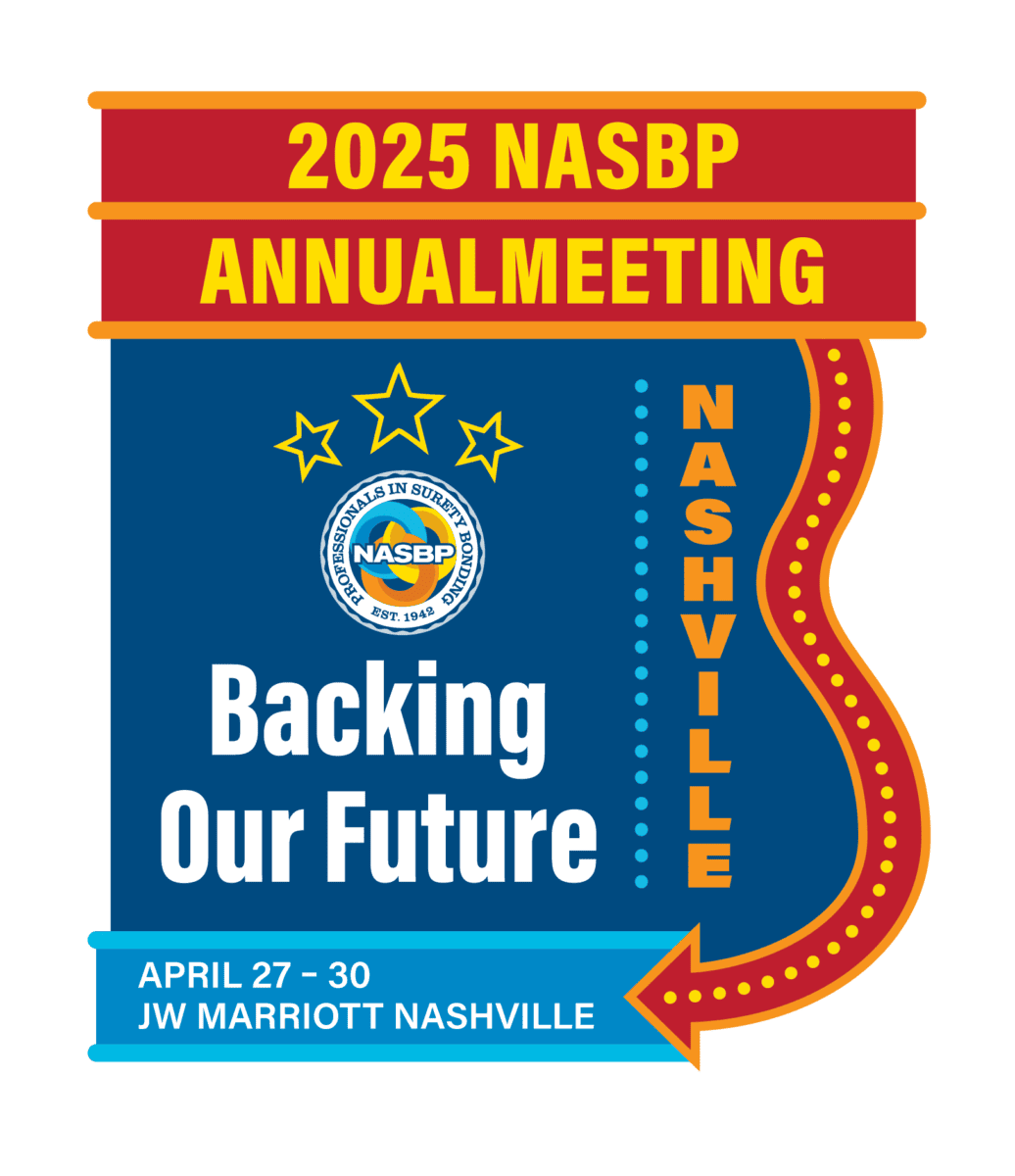
Federal Court Rules Indemnity Agreement Valid and Enforceable Against Principal—Even Though Agent Who Executed the Agreement Lacked Actual Authority
In Frankenmuth Mutual Insurance Co. v. National Bridge Builders, LLC, 2023 U.S Dist. LEXIS 145719 (W.D.N.C. Aug. 18, 2023), the federal district court determined that an indemnity agreement was valid and enforceable against the principal, even though it had been executed by an agent who did not have the actual authority to bind the principal. What does that mean for sureties? Please read on for the good news.
On February 10, 2022, the Plaintiff Frankenmuth Mutual Insurance Company (Frankenmuth) initiated an action against the Defendant National Bridge Builders, LLC (National Bridge) for claims arising from National Bridge’s alleged breach of the parties’ purported General Indemnity Agreement (GIA). In its Complaint, Frankenmuth asserted claims against National Bridge for specific performance of various provisions of the GIA, breach of contract, conversions of trust funds, and breach of fiduciary duty. National Bridge asserted counterclaims against Frankenmuth for fraud in the inducement, unfair and deceptive trade practices, breach of contract, breach of the implied covenant of good faith and fair dealing, tortious interference with contract, and defamation.
The parties filed cross-motions for partial summary judgment. Frankenmuth moved for partial summary judgment in its favor on claims for specific performance of provisions of the GIA. The primary argument supporting National Bridge’s Motion for Partial Summary Judgment was National Bridge’s contention that the GIA was invalid and unenforceable.
Relevant Factual Background
National Bridge is a construction firm, whose Operating Agreement provides that “all decisions, elections, determination, or other actions” require “the approval, consent, agreement, or ratification of” the co-managers, William H. West, III, and William H. West, IV (collectively, the Wests).
In 2018 Frankenmuth issued bonds on behalf of National Bridge. In August 2018 Dena Brown (Brown), using the email address dena@nationalbridgebuilders.us, electronically executed a GIA on behalf of National Bridge in favor of Frankenmuth through DocuSign. Brown, the sister of the Wests, signed the GIA as “William H. West.” Neither of the Wests executed the GIA, reviewed the GIA, or received a DocuSign link to the GIA.
According to the Wests, prior to issuing the bonds, Frankenmuth underwrote National Bridge, which included receiving a copy of National Bridge’s Operating Agreement and information concerning signing authority for National Bridge. Frankenmuth denied that it ever received the terms of National Bridge’s Operating Agreement. Furthermore, Frankenmuth asserted that National Bridge never provided any limitations on the authority of Brown or other agent to act on National Bridge’s behalf—until deep into the ensuing litigation.
In National Bridge’s 2018 Limited Liability Company Annual Report, Brown is listed as National Bridge’s Secretary; and she is the only company official listed. In August 2018, five days before executing the GIA, Brown signed a Letter of Intent to Perform as Subcontractor to the North Carolina DOT (NCDOT) on behalf of National Bridge; and she indicated she was a manager of National Bridge.
Following the execution of the GIA, Frankenmuth began issuing final bonds on behalf of National Bridge. Brown was the sole signatory on the various performance and payment bonds issued by Frankenmuth on behalf of National Bridge. She indicated her capacity as “Manager” or “Authorized Agent” below her signatures.
Among other indicia of ratification, the court observed that in October 2019 Frankenmuth’s Director of Surety Claims sent written correspondence to William H. West, IV, emphasizing Frankenmuth’s rights under the GIA. The court observed that West did not object to the enforceability of the GIA; rather, he participated in National Bridge’s subsequent solicitation of additional bonds from Frankenmuth, with penal sums totaling over $44 million.
In January 2020 the Wests witnessed Brown sign bonds with the South Carolina DOT (SCDOT) as a manager of National Bridge. In written correspondence dated May 2020, Frankenmuth’s Director of Surety Claims again emphasized Frankenmuth’s rights as surety under the GIA in a letter to William H. West, IV, who did not object to the enforceability of the GAI but participated in National Bridge’s subsequent solicitation of additional bonds from Frankenmuth.
The court noted that, from April 2018 through March 2021, National Bridge’s agents executed dozens of bonds at National Bridge’s request. These bonds allowed National Bridge, among other things, to perform public construction contracts (the Bonded Contracts) with NCDOT, the SCDOT, and the Virginia DOT. The court observed as follows:
Without Frankenmuth’s surety bonding program, National Bridge could not have bid on or even been considered for any of those public construction contracts. National Bridge never once questioned or objected to the enforceability of the Indemnity Agreement against National Bridge until long after Frankenmuth initiated this action to enforce the Indemnity Agreement.
The court quoted from a number of the unambiguous provisions in the GIA, including demand for collateral security, access to books and records, inspection upon reasonable notice, assignment of interest, and indemnification. The latter provision required National Bridge to “exonerate, indemnify and save [Frankenmuth] harmless from and against all Loss.”
In 2019, Frankenmuth began receiving claims against the bonds and notices of National Bridge’s alleged breaches under the bonded contracts from NCDOT. During an in-person meeting in September 2021, the Wests and Brown admitted that financial inability to complete Frankenmuth’s bonded contracts and/or to resolve its subcontractors’/supplier’s claims against Frankenmuth’s bonds subjected Frankenmuth to significant “Loss” as defined in the GIA.
Despite Frankenmuth’s $750,000 loan/advancement to National Bridge and Frankenmuth’s payments in excess of the bonded contract proceeds it had received, NCDOT defaulted National Bridge under several of the NCDOT bonded contracts. Through various Takeover Agreements between NCDOT and Frankenmuth, Frankenmuth retained other contractors to complete a number of the bonded contracts.
After accounting for proceeds under the bonded contracts, Frankenmuth estimated it would incur an anticipated “Loss” of nearly $16,000,000. Despite multiple requests, National Bridge did not deposit any collateral with Frankenmuth; and it denied Frankenmuth free access to its books and records.
Validity/Enforceability of the Indemnity Agreement
In its discussion of the law, the court began its opinion by observing that National Bridge asserted that the GIA was invalid because it was not signed by both of National Bridge’s Managers, William H. West, III, and William H. West, IV, as required by National Bridge’s Operating Agreement, and, thus, lacked mutual assent. What the court highlighted, however, is that, under NC law:
[A] principal is bound to contracts made by its agents in three situations: “when the agent acts within the scope of his or her actual authority; when the agent acts within the scope of his or her apparent authority, and the third person is without notice that the agent is exceeding actual authority; and when a contract, although unauthorized, has been ratified.”
(Emphasis added.) The court further explained that apparent authority exists where “the principal has held the agent out as possessing” authority or the principal has “permitted the agent to represent that he possesses” authority. Whether an agent acts within the apparent scope of authority is determined by what the principal does, not by the unauthorized acts of the agent.
A principal ratifies the unauthorized acts of its agent when:
[T]he party claiming ratification [proves] (1) that at the time of the act relied upon, the principal had full knowledge of all material facts relative to the unauthorized transaction . . . and (2) that the principal had signified his assent or his intent to ratify by word or by conduct which was inconsistent with an intent not to ratify.
The court noted that a principal “must ratify the whole of his agent’s unauthorized act or not at all. He cannot accept its benefits and repudiate its burdens.”
The court observed that the GIA was executed by Dena Brown, even though National Bridge’s Operating Agreement stated that the consent of both Managers, the Wests, was required to bind National Bridge to contracts involving amounts over $10,000. As neither West executed, reviewed, nor received the GIA prior to its execution, the GIA was not executed on behalf of National Bridge by someone with actual authority.
The court stated that the GIA was unquestionably executed by Brown, and National Bridge had, until the litigation, regularly held her out as a manager and having the authority to bind National Bridge to contracts involving amounts over $10,000. Thus, stated the court, Brown had “at least apparent authority” to execute the GIA on behalf of National Bridge.
The court further noted that, even if Brown lacked apparent authority to bind National Bridge to the GIA, the evidence demonstrated that National Bridge ratified the GIA: after Brown executed the GIA, Frankenmuth issued bonds on behalf of National Bridge totaling over $54,000,000; and Frankenmuth sent William H. West, IV, a copy of the GIA along with the certification showing its execution via DocuSign. With this knowledge, no representative of National Bridge disaffirmed the contract or questioned its execution, until deep into the litigation. The court emphasized that, without the GIA, National Bridge would not have been able to obtain the construction contracts. The court concluded that National Bridge received the benefit of the GIA and thus ratified its execution (even if it may have been technically defective). National Bridge, having accepted the benefits of the unauthorized act, cannot “repudiate its burdens.” Thus, the court opined that the parties were bound by the GIA.
Because the GIA was valid and enforceable against the principal, the court granted summary judgment in favor of Frankenmuth and ordered National Bridge to specifically perform its obligations under the GIA. In addition, the court granted summary judgment in favor of Frankenmuth on National Bridge’s claims of fraud in the inducement, unfair and deceptive trade practices, tortious interference with contract, and defamation.
Takeaway
What is crystal clear from this opinion is that the court correctly read the unambiguous provisions of the GIA to provide certain remedies to the surety in the event of loss or potential loss to the surety as a result of having issued bonds on behalf of its principal. But to get there, the court first had to analyze, under the law and facts, whether the GIA was valid and enforceable. In a detailed and lucid opinion, the court reviewed the facts in evidence and applied the law concerning the three situations when an agent can bind its principal: actual authority; apparent authority; and ratification. While the court did not find actual authority, it did find both apparent authority and ratification. This opinion serves as a fine roadmap for others asserting that a GIA is valid and enforceable, even if the GIA was not executed by someone with actual authority.

The author of this article is Martha Perkins, General Counsel at NASBP. She can be reached at mperkins@nasbp.org or 240.200.1270.
This article is provided to NASBP members, affiliates, and associates solely for educational and informational purposes. It is not to be considered the rendering of legal advice in specific cases or to create a lawyer-client relationship. Readers are responsible for obtaining legal advice from their own counsels and should not act upon any information contained in this article without such advice.
Get Important Surety Industry News & Info
Keep up with the latest industry news and NASBP programs, events, and activities by subscribing to NASBP Smartbrief.




